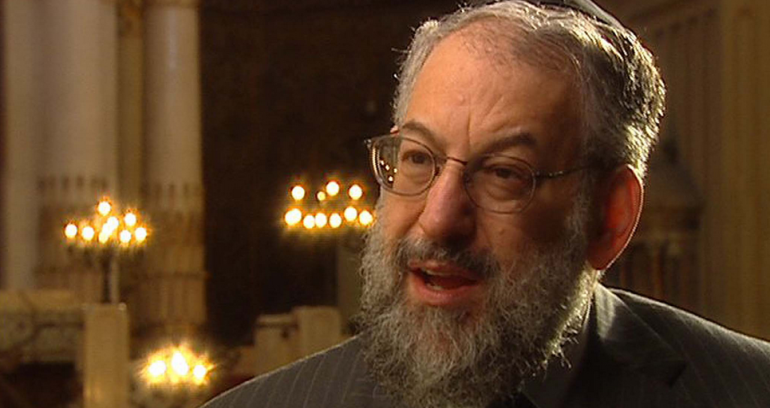Well known scholar Dr. Lawrence Schiffman has made two brief works on early Judaism available for free on his website. I have not read these particular essays (yet), but I have read some of his published material and have listened to entire semesters worth of Schiffman’s lectures on topics such as Second Temple Judaism, the Hebrew Bible, and the Dead Sea Scrolls. I highly encourage anyone who is interested in early Judaism or the contextual background of the New Testament to take advantage of this opportunity to download these resources.
- The Jews in Late Antiquity
Summary: “The Hellenistic period begins formally with Alexander’s arrival in the Near East in 334 B.C.E. However, this date should not be seen as the beginning of Hellenistic influence in this region. The Near East as a whole and the Land of Israel and its Jewish residents more particularly were subject to increasing Aegean influence beginning already in the fourteenth century B.C.E. Due to increased trade connections, this influence became much more extensive during the Persian period when Greek coinage became the standard in the Land of Israel. The cultural phenomenon we call Hellenism was a power which would have a lasting impact on Judaism and the Jewish people.”
- Challenge and Transformation: Second Temple and Rabbinic Judaism
Summary: “The years of Hellenistic, Roman and Byzantine rule in Judea and of Sassanian rule in Babylonia were years of great challenge to the ongoing continuity of Judaism, and, at the same time, years of great accomplishment which resulted in the successful meeting of these challenges. By the time the period of Late Antiquity drew to a close, Judaism had survived the challenges of Hellenization, sectarianism, violent revolution, and even anti-Semitism. In addition, the development of Israelite religion into the rabbinic tradition took place in these very same years. The many transitions that took place in this period are what effectively made possible the long-term continuity of Judaism as an exilic religion, able to enter the medieval period with a new consensus on how to face the future and explain the past.”
Thanks to Dr. Michael Heiser for the links.
